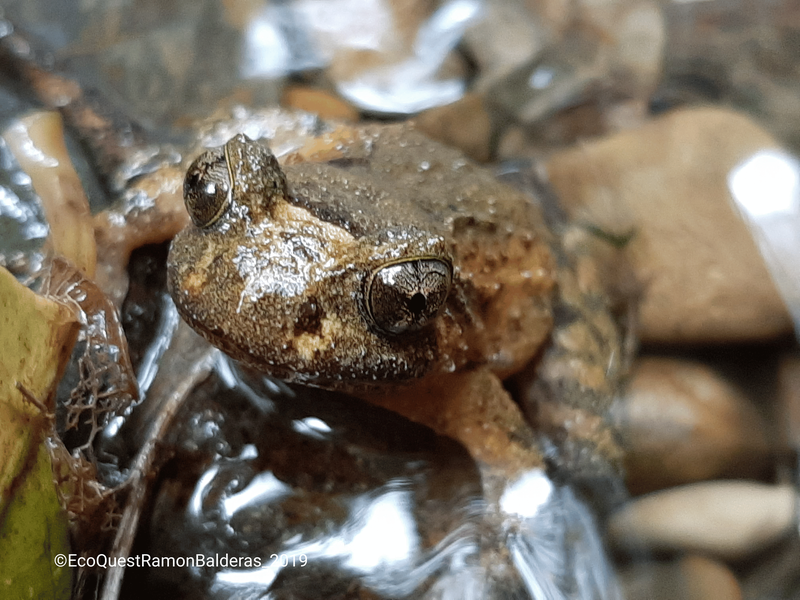
Named after Aotearoa’s once treasured extinct native bird, Huia – a coastal settlement at the southern edge of the Waitākere Ranges, is now one of few places the Hochstetter’s frog survives, and the community is working to keep it that way.
The Hochstetter’s frog (pepeketua) is one of the country’s most ancient native species and one of the most threatened, found only in isolated pockets across the upper North Island. In Huia, the species is still holding on — but only just.
Classified as At Risk – Declining by DOC, the small, semi-aquatic frog lives in cool, shaded stream habitats and is vulnerable to introduced predators like rats, hedgehogs and stoats. A 2020 survey* confirmed just 17 frogs across seven streams in the Huia catchment — slightly up from previous years, but still far below historic numbers.
The Huia Trapping Group is working to change that. Since forming in 2018, the group has removed more than 4,500 predators from the surrounding forest, including 2,600 rats, 600 possums and 60 mustelids. Their work is helping to protect not only frogs but native birds, bats and insects that rely on the same fragile ecosystem.
“Huia has steep valleys, healthy streams, heavy canopy cover and relatively dark night skies, making it an ideal habitat for species like the Hochstetter’s frog,” says founding member, Dave Minty.
“With careful predator control and ongoing habitat protection, we’ve got a real chance to help them recover.”
Dave’s interest in trapping began in 2017 when he got a glimpse of “real New Zealand” on a trip to Te Hauturu-o-Toi (Little Barrier Island).
“I was blown away when I set foot on the island. The birds, lizards, trees, and plants were absolutely mind-blowing. Ever since, I’ve thought about how much I’d love the Waitakere Ranges to re-establish its native wildlife like that.
“And that all starts with predator control and conservation,” he says.
Since then, what started with a few backyard traps has grown into a coordinated effort supporting endangered wildlife across the catchment.
Longtime trapper and Huia Trapping Group co-leader, Glen McConville, says: “The name of this place reminds us of what we’ve already lost. We can’t bring the huia back, but we can stop other species from disappearing.”
The group is one of more than 30 across the region contributing to the Pest Free Waitākere Ranges Alliance, a community-led network of around 4,000 volunteers committed to restoring native biodiversity.
A 2025 monitoring survey is planned for later this year.
How you can help the Hochstetter’s frog
- Don’t touch frogs – their skin easily absorbs toxins.
- Clean your shoes – scrub and disinfect footwear when moving between forests or wetlands.
- Avoid spraying near waterways – choose herbicides and pesticides that are safe for aquatic life.
- Restore their habitat – plant native trees, fence off streams and trap predators.
- Report sightings – log native frog sightings with DOC’s Herpetofauna Database.
*Unpublished data: © EcoQuest Centre for Indigeneity, Ecology and Creativity
Get involved
Connect with groups in the Waitākere Ranges at pfwra.org.nz/find-your-people.